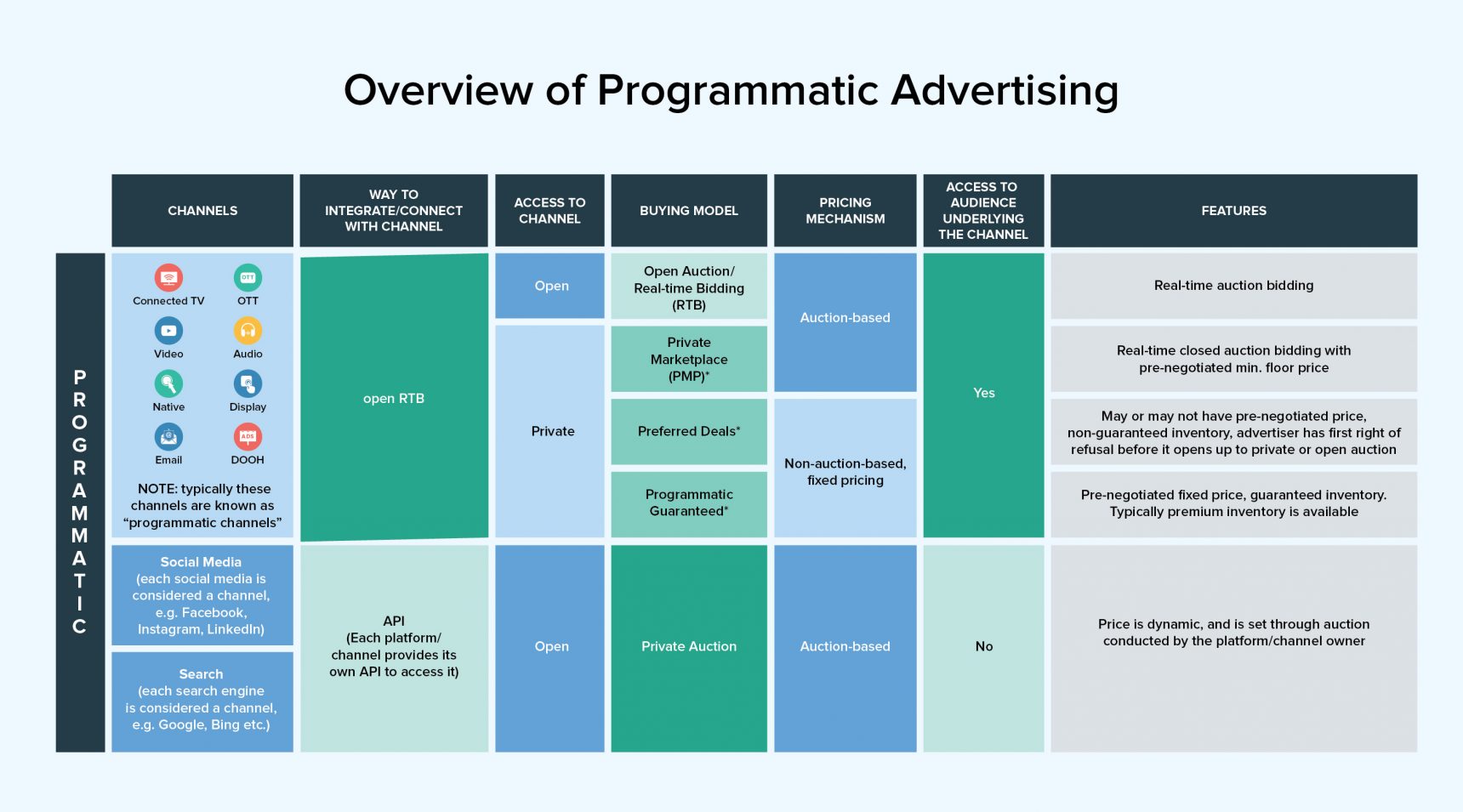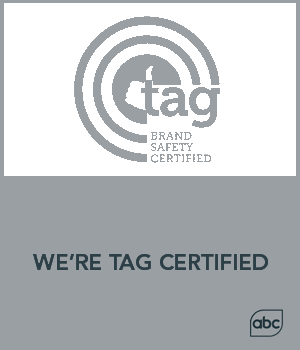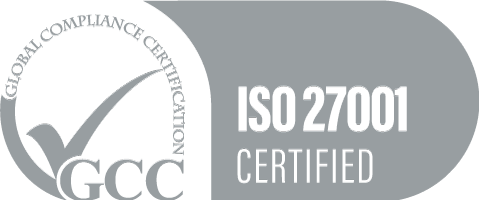Table of Content
What is “Programmatic”?
The term “programmatic” in programmatic advertising simply refers to the automated buying and selling of online advertising through the use of software, and increasingly augmented by smart algorithms and machine learning. It is often loosely used and used in a narrow sense, to represent the advertising channels that are transacted following the OpenRTB specification, such as CTV/OTT, video, audio, display, native, DOOH, and email, while omitting paid media such as social media and search even though paid media are executed in the similar manner too, albeit following proprietary, closed nature.
Defining Programmatic Advertising in Knorex XPO
Knorex XPO was envisioned and designed from the ground up to achieve our vision of Universal Marketing where marketers get to advertise and reach their desired audience regardless of the different advertising channels, ad formats and devices. Our goal is to provide a simple, unified, real-time access to paid media such as social media and search, and the open RTB-based “programmatic” channels (as listed above) where ad buyers can directly purchase ad inventory across all these different media and advertising channels in one place. Unlike other solutions in the market which typically cover limited channels listed in the diagram below, XPO aims to cover as many channels as possible while layering them with smart algorithms that can learn and optimize. For our purpose, the diagram below serves to re-define the “programmatic advertising” term as used in XPO.
Here, let us go through some of the terms used in the diagram to present the different models and approaches in use:
-
Programmatic
Programmatic advertising buying refers to the use of automated programs to buy and sell online ad spaces. Unlike traditional ad buying where negotiations and ordering are done manually through tedious processes of insertion orders (IOs), programmatic advertising relies on technology to eliminate human error and to speed up execution and transactions by replacing tedious tasks of trading information using IOs and the likes.
Programmatic advertising also enables the use of a data-driven approach, allowing for better targeting instead of the spray-and-pray approach used in the traditional media. The audience becomes the key factor and less emphasis is placed on the media placement.
-
Channels
These advertising channels – OTT, CTV, Video, Audio, Native, Display, Email, and DOOH, are commonly referred to as “programmatic channels” despite the misnomer, as described above. Other channels also include social media platforms like Facebook, Instagram, LinkedIn, and search such as Google Search, Microsoft Bing.
There are 2 general methods to connect to these channels, (a) by means of using the Open-RTB specifications; (b) proprietary APIs provided by each of the media platforms, such as in social media and search.
-
Pricing Mechanism and Buying Models
A. Open-Auction Based:
- Open auction refers to an auction that is opened to participants at large, without general restriction limiting the participants.
- In the Open-Auction model, real-time bidding (RTB) is used in transacting the buy/sell of ads. The process typically happens between 50-300 milliseconds, faster than a blink of an eye!
- The RTB system starts with a publisher sending their ad inventory to an ad exchange. Advertisers use one or more demand-side platforms (DSPs) to place bids on the inventory, which is generally calculated in terms of ad impressions. The highest bidder wins the impression. It’s a win-win situation for both parties. Advertisers get to target their potential customers, and the publisher receives the highest possible amount on their inventory.
- These RTB-driven channels including – OTT, CTV, Video, Audio, Native, Display, Email, and DOOH, support the open auction model.
B. Private Auction Based:
- Private Marketplace (PMP) or commonly known as PMP, is opened to a select group of advertisers as invited by the media publishers.
- Social Media and Search are also conducted using auction model albeit through their designated proprietary API which typically would require certain review and assessment, and passing of their respective certification programs.
C. Non-Auction Based (or Fixed Price)
- The Preferred Deal (PD) buying model is a non-auction buying with a fixed CPM. However, ad inventory is not guaranteed and the advertiser has the first right of refusal before it opens to open auctions.
- At times, this auction type may or may not have a pre-negotiated price.
- The Programmatic Guaranteed (PG) buying model is a fixed CPM but with guaranteed ad inventory (with premium inventory).
- Both PD and PG have private access to the market and are applicable to RTB-driven programmatic channels.
-
Access to Underlying Audiences
- RTB-driven programmatic channels provide access to the underlying audiences where you can extend with your first-party or third party data.
- Social Media and Search do not provide access to audiences underlying their channels.
You might also like the following articles on Programmatic Advertising
- Programmatic In-Housing
- The Relationship between Programmatic Advertising and Real-Time Bidding
- 4 Programmatic Myths and Facts You Should Know






